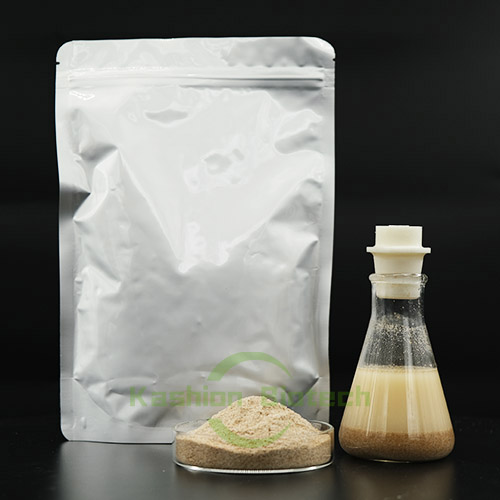

1. The concentration of organic matter in wastewater is high and the biodegradability is poor
Typical high concentration organic wastewater, such as petroleum/chemical wastewater, textile/printing and dyeing wastewater, pharmaceutical/food wastewater, coking/smelting wastewater, etc., the effluent chemical oxygen demand (COD) concentration of the main production section is generally above 3000 ~ 5000mg/L, and some sections even exceed 10,000 mg/L, even the mixed wastewater of each section. Its COD concentration is generally above 2000mg/L, but the biochemical oxygen demand (BOD) of the wastewater is not high, generally the BOD/COD is 0.1~02, resulting in the biodegradability of the wastewater is very poor.
2. The content of biodegradable compounds and salts in wastewater is high and there are many kinds
Refractory organic wastewater often contains a variety of biodegradable compounds, even biotoxicants. For example, in the more typical coking wastewater, in addition to containing a higher concentration of ammonia nitrogen (NH3-N), there are phenol and phenol homologues, as well as benzopyrene, anthracene, naphthalene, and other polycyclic compounds, and sulfide, cyanide, thiocyanide, etc.; However, the typical antibiotic wastewater contains residual antibiotics and their intermediate metabolites, surfactants and organic solvents, as well as high concentration of sulfate ions, such as SO42- (the content is generally above 2000mg/L, sometimes even up to 15000mg/L), which makes the treatment of wastewater more difficult.
3. The quality and quantity of waste water vary greatly
Due to the production time, process and other reasons, the quality and quantity of wastewater containing refractory organic matter vary greatly. For example, the water volume of coking wastewater can change from about 10m3/h to 40m3/h in one day, and the COD concentration of wastewater can also change from about 1000mg/L to more than 3000mg/L or even higher. In addition to the drastic changes in the quantity of pharmaceutical wastewater along with the changes in the production process and process, the COD concentration changes more dramatically, which can be changed from hundreds of milligrams per liter to tens of thousands of milligrams per liter.
4. Wastewater treatment methods
According to the current situation, the treatment of wastewater containing refractory organic matter mostly adopts biological method, mainly aerobic activated sludge method or improved aerobic method, such as A/O process, etc., and also adopts anaerobic + aerobic biological method. The practical application of these biological treatment processes at home and abroad shows that the biological process mainly has the following problems: the wastewater treatment process is long, and the carbon source, pH regulating agent is large and the cost is high, which leads to the overall cost per unit water volume and the cost per unit water volume are relatively high. Taking coking wastewater as an example, at present, the ideal unit water cost of coking wastewater treatment is at least 7 ~ 8 yuan (RMB) /m3.
Name: Nicole Yu
Mobile:+86 17718148007
Tel:+86 17718148007
Whatsapp:8617718148007
Email:sales@kashionbiotech.com
Add:No.6, Zhanxi Road, Yaohai District, Hefei City, Anhui Province, China.